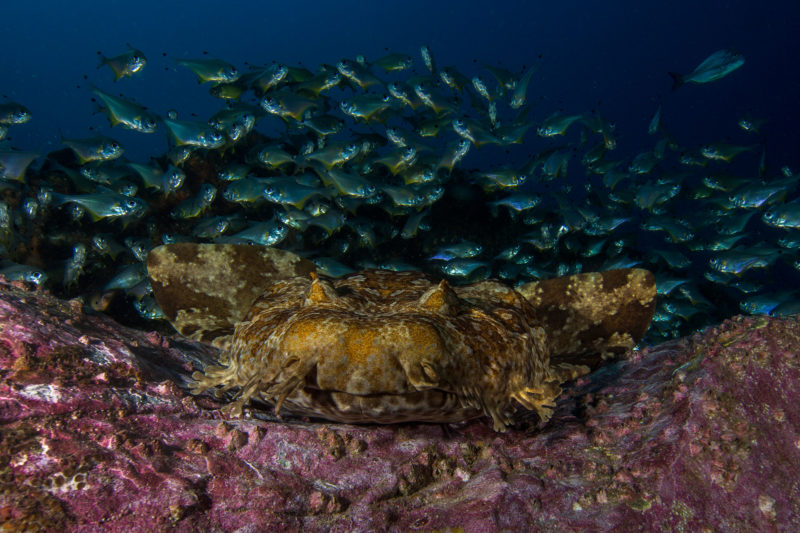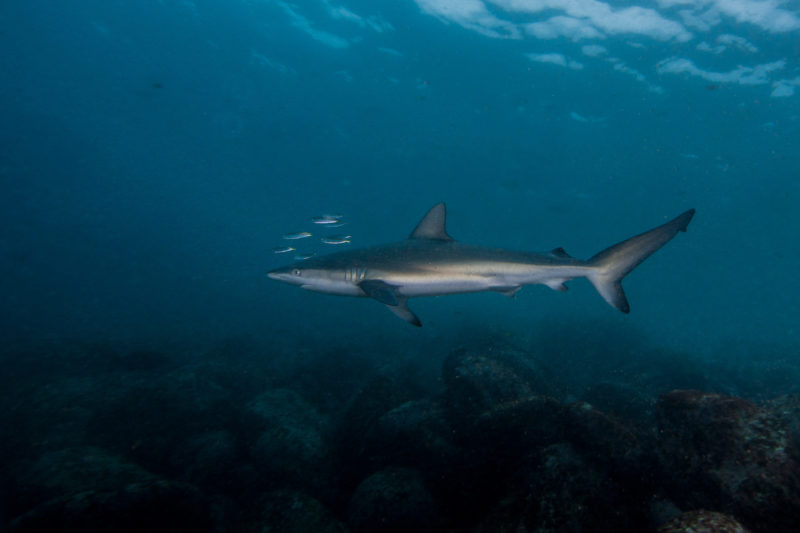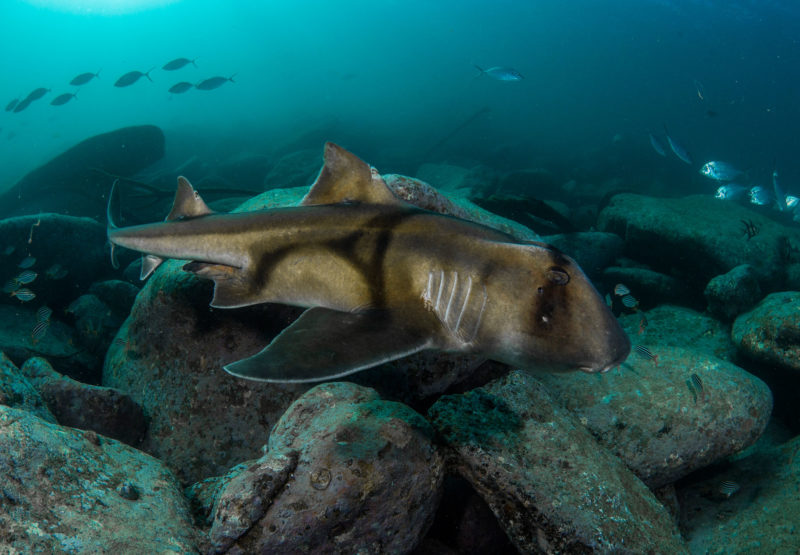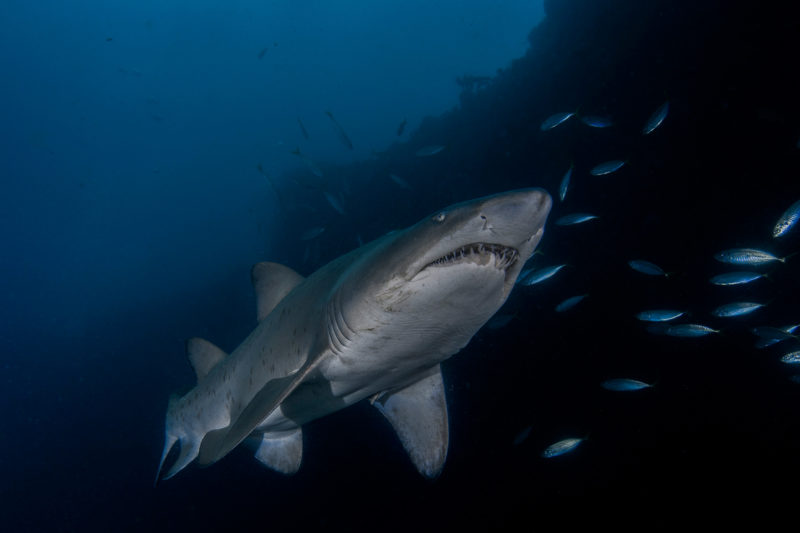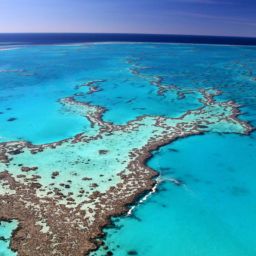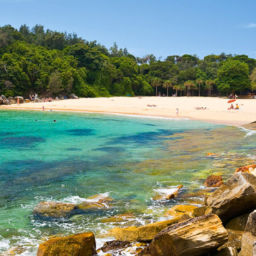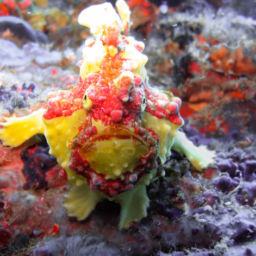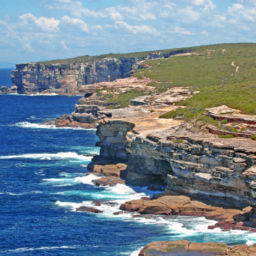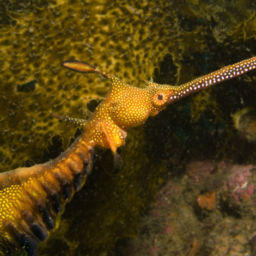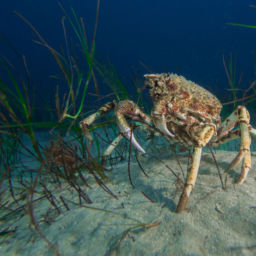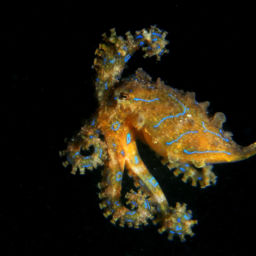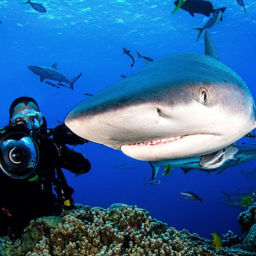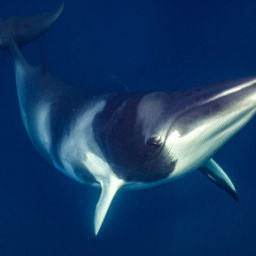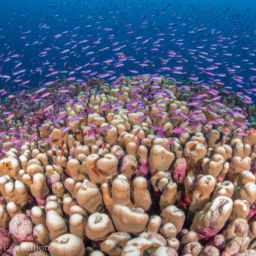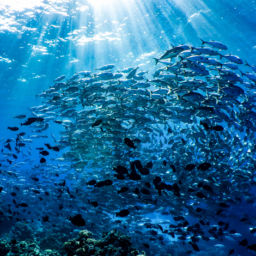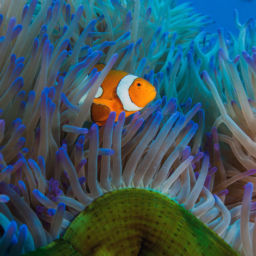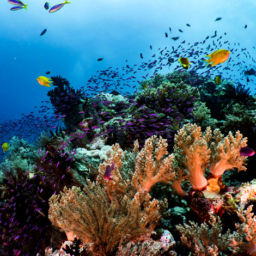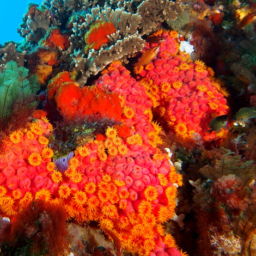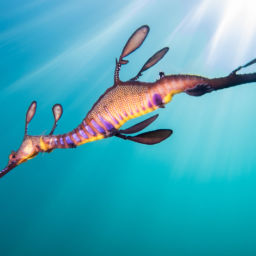Surrounded by a spectacular harbor and ocean, Sydney, Australia boasts incredible diving all year. There aren’t many major cities in the world where you can walk off the beach for a dive and see such diversity, including many kinds of sharks. But you can in Sydney. Whether you’re doing a shallow shore dive or a boat dive in deeper water, you can spot sharks in a variety of shapes and sizes. Here’s what you’ll most commonly encounter on Sydney shark dives.
 Spotted Wobbegong Shark
Spotted Wobbegong Shark
Belonging to the carpet shark family, wobbegongs aptly spend most of the day lying on the seafloor, often in the shade of rocks or overhangs. Divers can see them on both shallow and deep rocky reefs year-round. The name “wobbegong” is Aboriginal for “shaggy beard,” referring to the tassels around the shark’s mouth. These break up their outline and help them camouflage. Wobbegongs are not aggressive and divers can approach them carefully and slowly. If you disturb them, they will swim away. However, if you carelessly touch or step on one, it could bite in self-defense. Do not be tempted to touch their tails, as these extremely flexible sharks are the only ones that can twist to bite their own tail.
 Dusky Whaler
Dusky Whaler
During spring and summer, small juvenile dusky whalers frequent the shallow waters of Cabbage Tree Bay Aquatic Reserve in Manly. Divers can check them out on an easy shore dive. The reserve offers a rich food source of fish for these small, 3-foot (1 m) sharks, so divers can often watch 10 or more swim by. They are timid, fast-moving and swim in mid-water, so if you’re scouring the rocks for nudibranchs, look up from time to time to see the sharks. Adult dusky whalers are pelagic and divers don’t usually see them.
 Port Jackson Shark
Port Jackson Shark
Endemic to the southern regions of Australia, the Port Jackson shark belongs to the horn-shark family. Divers will rarely see them in summer, but they do come into the shallows during the cooler months (June through September) to mate and lay eggs. They are a common sight on winter dives, often gliding past in quite close as they are not particularly shy. They lack teeth, instead using a powerful bony plate to crush their prey, which includes sea urchins, crustaceans, mollusks and fish.
 Grey Nurse Shark
Grey Nurse Shark
These sharks live in temperate waters all over the world. They are also known as ragged-tooth sharks in South Africa or sand-tiger sharks in the United States. Despite their large size and impressive teeth, the only things on the menu are small fish and squid, and they pose absolutely no threat to humans. These sharks are critically endangered along the east coast of Australia due to a long history of being hunted for meat, oil and skin. Humans also slaughtered large numbers in the 1970s because they wrongly blamed the sharks for attacks on people. Thankfully they became the first-ever shark to receive protected status in 1984, although their population is slow to recover. Grey nurse aggregation sites in Sydney include Magic Point and Long Reef, but a local dive operator will be able to tell you which site is currently the best for shark encounters.
By guest author Rosie Leaney
Rosie Leaney has been scuba diving since 1999, beginning in Southern England where she grew up. She is now based in Sydney, Australia, where she has worked as a both a divemaster and a physiotherapist for the last seven years. Rosie loves the unique marine life and the diversity that Sydney diving has to offer. She is also an avid underwater photographer. Follow her on Instagram, Facebook or her website.


